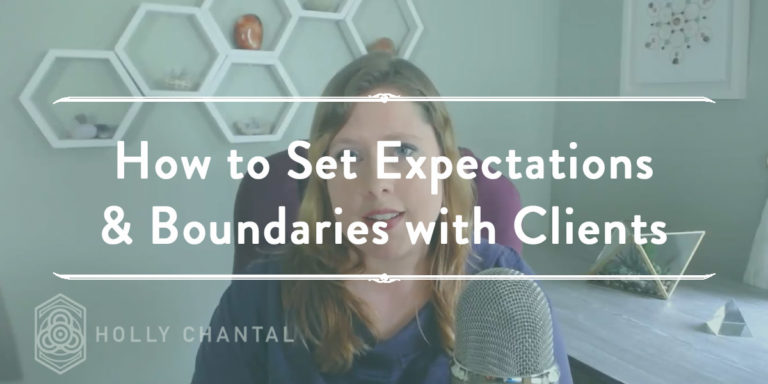
Has your business “peaked?”
What happens when you get to the top of a mountain? You climb back down. In hiking this is called “summiting” in gymnastics it’s called “peaking.” In competitive gymnastics girls begin training at a young age with the intention that they will “peak” near the Olympics at around age 16.





